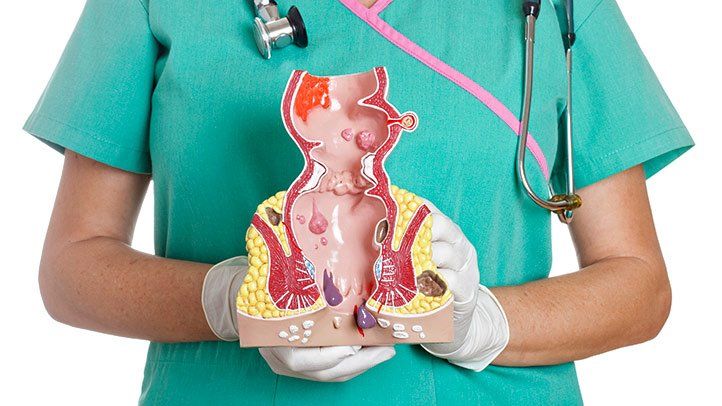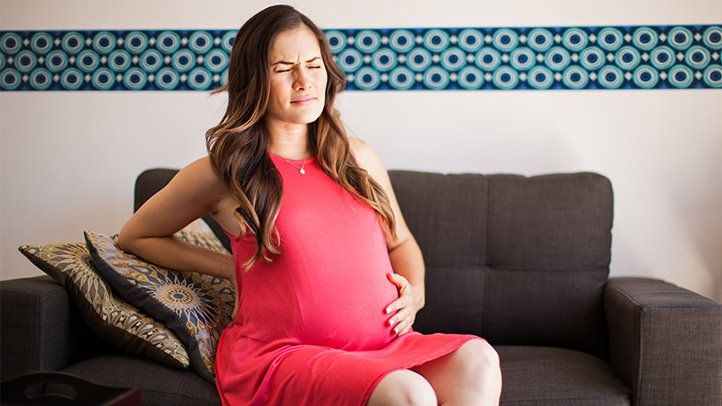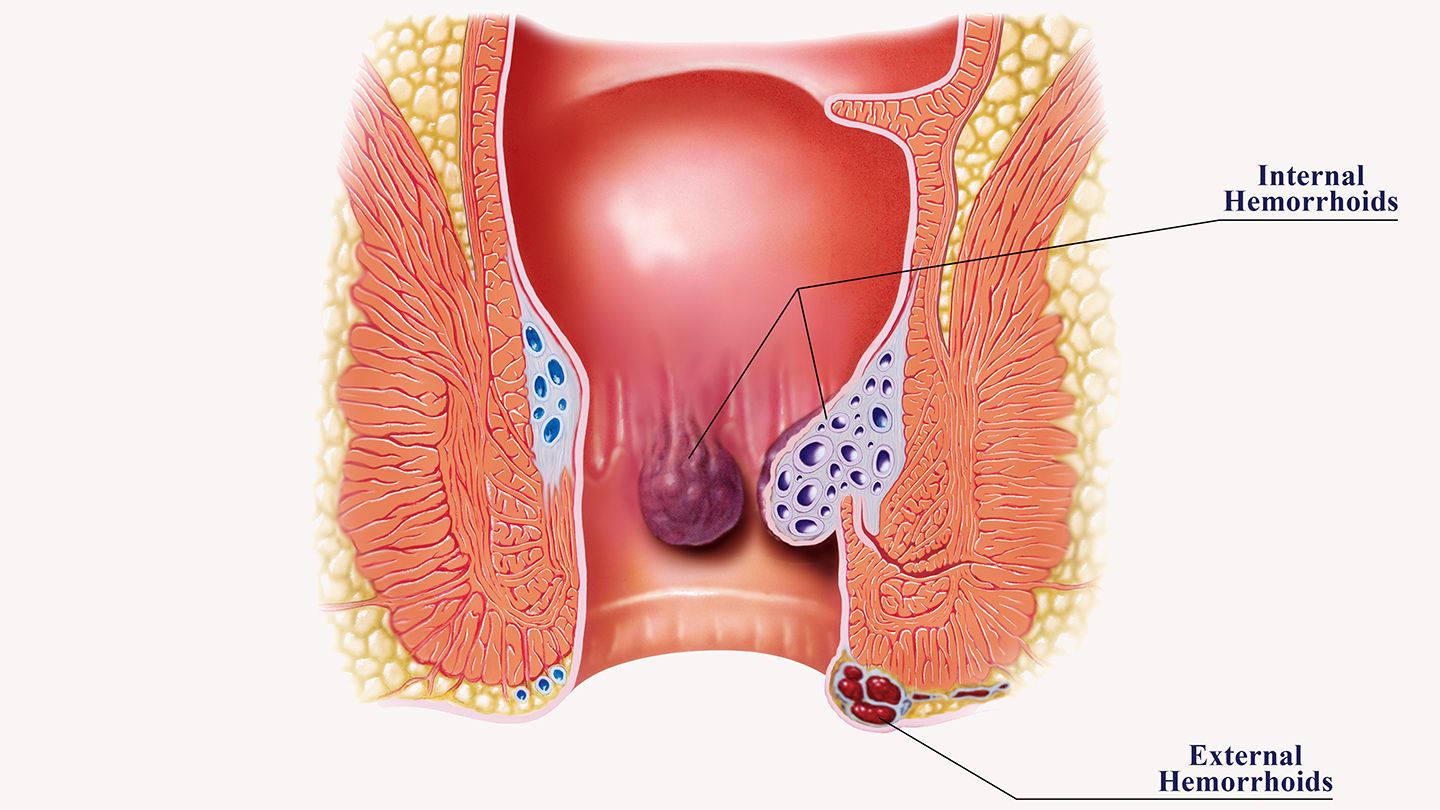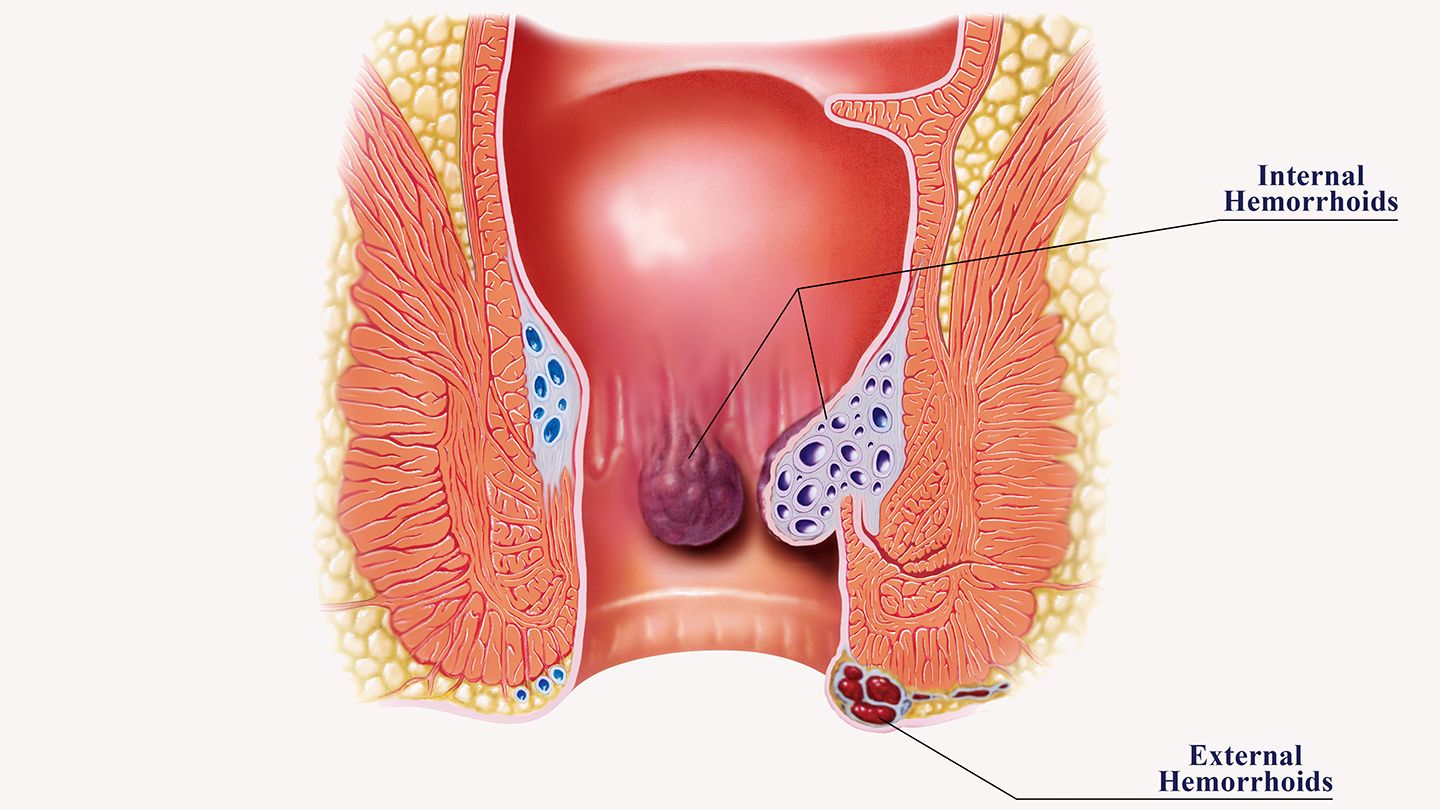Understanding Hemorrhoids: Symptoms, Causes, and Risk Factors
Hemorrhoids, also known as piles, are swollen veins located around the lower rectum and anus. They can develop inside the rectum (internal hemorrhoids) or under the skin around the anus (external hemorrhoids). Hemorrhoids are an extremely common condition, especially among adults ages 45 to 65. It's estimated that 50% of people will develop hemorrhoids at some point in their lives.
Hemorrhoids can cause symptoms like itching, discomfort, bleeding, and pain. Typical hemorrhoid symptoms include:
- Itching, irritation, or swelling around the anus
- Painless bleeding during bowel movements
- Tender lumps near the anus
- Leakage of feces
- Pain or discomfort during bowel movements
Hemorrhoids occur when the veins around the anus or lower rectum become swollen and inflamed. There are several factors that can cause hemorrhoids to form, including:
- Chronic constipation or diarrhea that puts excess strain on bowel movements
- Sitting on the toilet for long periods of time
- Pregnancy and childbirth
- Straining during bowel movements
- Obesity
- Aging
- Heavy lifting
- Eating a low-fiber diet
People are more likely to get hemorrhoids if other family members have had them. The risk also increases with age, as tissues in the rectum and anus weaken and stretch with aging. Hemorrhoids rarely cause any serious health complications, but the symptoms can be uncomfortable and irritating.
When to See a Doctor
In most cases, mild hemorrhoid symptoms will go away in a few days with simple at-home treatments. But it's important to see a doctor if hemorrhoid symptoms don't improve with over-the-counter remedies. Seek medical care if you experience:
- Bleeding for more than 1 week
- Severe pain that lasts for several hours
- Fever
- Dizziness
- Lightheadedness
These symptoms could indicate a more serious underlying problem that requires medical attention. A doctor can rule out other possible digestive system issues through a physical exam and diagnostic testing.
Treating Hemorrhoids at Home
Mild cases of hemorrhoids can often be treated at home using simple remedies and lifestyle changes. Here are some tips for finding hemorrhoid relief at home:
Over-the-Counter Medications
There are several OTC medications that can help provide temporary relief from hemorrhoid symptoms:
- Hydrocortisone creams - Help reduce itching and swelling.
- Witch hazel - Can soothe irritation and discomfort.
- Topical numbing agents - Contain lidocaine to help relieve pain.
- Stool softeners - Make bowel movements more comfortable.
Warm Soaks
Taking a warm bath or sitting in a warm water tub for 10-15 minutes a few times per day can help alleviate swelling, itching, and irritation caused by hemorrhoids.
Cold Compresses
Applying an ice pack or cold compress to the anal area for several minutes can also help reduce swelling and pain associated with hemorrhoids.
Proper Hygiene
Keep the anal area clean by washing gently with warm water during showers and after bowel movements. Avoid aggressive scrubbing and use unscented soaps to avoid further irritation.
Dietary Changes
Eating more fiber can help prevent constipation and reduce straining during bowel movements. Drink plenty of fluids and include more fiber-rich foods like fruits, vegetables, whole grains, beans, and lentils in your diet.
Exercise
Getting regular physical activity can help stimulate bowel function and prevent constipation. Try to get at least 30 minutes of exercise per day.
OTC Pain Relievers
For hemorrhoid pain and discomfort, OTC pain relievers like acetaminophen can provide some relief. Follow dosage directions carefully.
When to Consider Hemorrhoid Banding at Home
Most cases of symptomatic hemorrhoids can be managed with simple at-home treatments. But if these options don't provide long-term relief, hemorrhoid banding may be an option to explore.
Hemorrhoid banding is a non-surgical hemorrhoid removal procedure that can be performed in a doctor's office. During hemorrhoid banding, a small elastic band is placed around the base of the hemorrhoid to cut off blood flow. This causes the hemorrhoid tissue to shrivel and fall off within a week.
While hemorrhoid banding has traditionally been an in-office procedure, home hemorrhoid banding kits provide patients with a more comfortable and private option. Home hemorrhoid banding allows people to perform the procedure themselves, in the privacy of their own home.
Advantages of Home Hemorrhoid Banding
There are several potential advantages to choosing home hemorrhoid banding over in-office banding procedures:
- More privacy and comfort
- Performed on your own schedule
- No need to take time off work for appointments
- No need for anesthesia or sedation
- Often costs less than in-office banding
Home hemorrhoid banding kits allow patients to have more control over the banding process. However, it's important to carefully follow the included instructions. And if complications arise, it's best to see a doctor right away.
When to Avoid Home Hemorrhoid Banding
While generally safe and effective when done correctly, home hemorrhoid banding may not be appropriate in some cases. Avoid doing hemorrhoid banding at home if you:
- Have thrombosed hemorrhoids (contain blood clots)
- Have bleeding hemorrhoids
- Have severely prolapsed hemorrhoids
- Also have an anal fissure or fistula
- Have a compromised immune system
- Have Crohn's disease or ulcerative colitis
People with these conditions should speak with their doctor before attempting hemorrhoid banding at home. Professional hemorrhoid banding may be safer in these situations.
How to Use a Home Hemorrhoid Banding Kit
If you and your doctor determine that home hemorrhoid banding is appropriate for your case, here are some general instructions to follow:
Step 1: Prepare the Area
Before banding, thoroughly clean the anal area with warm water. You may apply a numbing cream beforehand to reduce discomfort.
Step 2: Insert the Anoscope
The banding kit should include an anoscope - a small plastic tube that helps visualize internal hemorrhoids. Apply lubricant before gently inserting the anoscope into the anus.
Step 3: Place the Band
Identify the internal hemorrhoid to be banded and grasp it carefully with forceps that come with the kit. Slide the band off the forcep applicator and onto the base of the hemorrhoid.
Step 4: Monitor for Complications
FAQs
Is home hemorrhoid banding painful?
Most people experience mild discomfort during hemorrhoid banding. Using numbing medication beforehand can help. Any pain afterwards is usually manageable with OTC pain relievers.
How long does it take for hemorrhoids to fall off after banding?
The banded hemorrhoid will typically fall off within 5-7 days after the band is placed. The area will then heal over the next several weeks.
When will I see results from hemorrhoid banding?
You should notice an improvement in symptoms like pain, itching, and bleeding within about a week. Full recovery takes 4-6 weeks as the banded tissue heals.
Is there a lot of bleeding with hemorrhoid banding?
A small amount of bleeding can occur after hemorrhoid banding but it should be minor. Excessive bleeding is not normal - contact your doctor if you have concerns.
How effective is hemorrhoid banding?
Hemorrhoid banding is very effective, with success rates around 80-95% in resolving hemorrhoid symptoms. However, some people may require additional sessions for full results.
Disclaimer: This article is for informational purposes only and does not constitute medical advice. Always consult with a healthcare professional before starting any new treatment regimen.
Related Coverage
Learn the top anal bump causes, from hemorrhoids to warts, and know when to seek medical help. Tips for relief and prevention....
Many pregnant women safely bowl with proper precautions like using lighter balls, appropriate shoes, hydrating, and avoiding smoke-filled alleys. Learn expert advice on bowling while pregnant....
Learn how mild soap & water can aid hemorrhoid relief alongside creams, wipes & sitz baths. Discover other proven home treatments plus prevention methods....
Understand the potential risks and realities of pushing or straining during bowel movements in an attempt to induce labor. Learn safe strategies for managing hemorrhoids and constipation during pregnancy....
Hemorrhoids are very common and can cause anal itching, pain, and bleeding. Learn about causes, symptoms, diagnosis, and medical and at-home treatment options....
Obesity can make wiping after a bowel movement difficult. Adjusting technique, using tools, and requesting assistance when needed allows proper hygiene....
If you spot something resembling a kidney bean in the toilet after a bowel movement, it likely signals protruding hemorrhoids. Learn what causes them and treatment options....
Wondering what hemorrhoid surgery recovery is like day-by-day? See photos and get the facts on pain, activity, bowel movements, and more for each stage of healing after hemorrhoid procedures....
Kidney stones and hemorrhoids share several common causes like dehydration and straining. Learn how passing kidney stones can also lead to hemorrhoids....
It's common to poop frequently in late pregnancy due to pressure, hormones, diet changes and anxiety. Learn what causes loose stool and how to find relief....






